
5 things that went wrong for India in ODI series loss to South Africa

India have found themselves on the wrong side of the results against South Africa, losing the Test series and the ODI series on the trot to the hosts.
What should worry the KL Rahul-led team, more than the results, is the manner of the defeats. Quinton de Lock and Janneman Malan stitched a 132-run opening stand as South Africa made a mockery of the target of 288, eventually winning it with 11 balls to spare.
There are chinks in India’s armor in every department. Here, we look at five things that led to India’s downfall.
#1 Lack of opening flamboyance
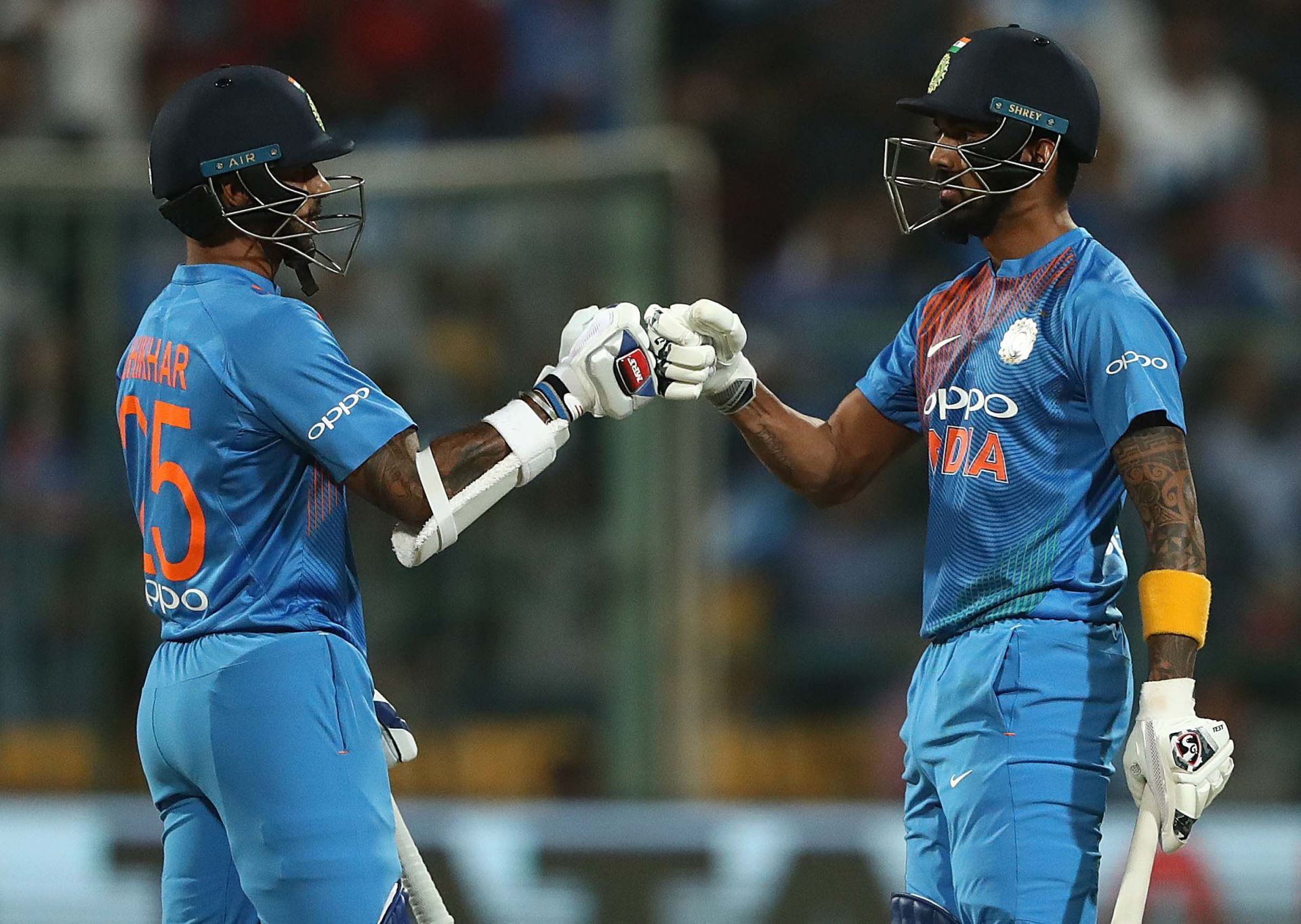
There was a time, particularly in the 90’s, when putting a price on your wicket up front and capitalizing later on was considered a virtue in ODIs but that is not the case in the modern game. If anything, your team is at a disadvantage if the openers don’t score more than a run-a-ball in the first powerplay when the ball is hard and it easy to score quickly. This is exactly what transpired in both the ODIs.
In Rohit Sharma's absence, India needed KL Rahul and Shikhar Dhawan to go ballistic in the initial overs to unsettle the bowling. Instead, they paid too much respect to the new ball bowlers to amass only 57 in 10 overs.
In contrast, South Africa’s Quinton de Lock was bold enough to target Bhubaneswar Kumar from the word go. His 78 runs off 66 balls and 132 run partnership with Janeman Malan set the tone as India wasn’t allowed to make a comeback into the game.
England have been so successful in limited-overs cricket because Jason Roy and Jonny Bairstow have been the enforcers from the outset to get quick runs, putting pressure on the opposition bowlers.
Australia, too, follow the same template as David Warner and Aaron Finch. It is time India tweaked their approach to adapt to what looks like the demands of modern limited-overs cricket.
#2 Inconsistent middle-order
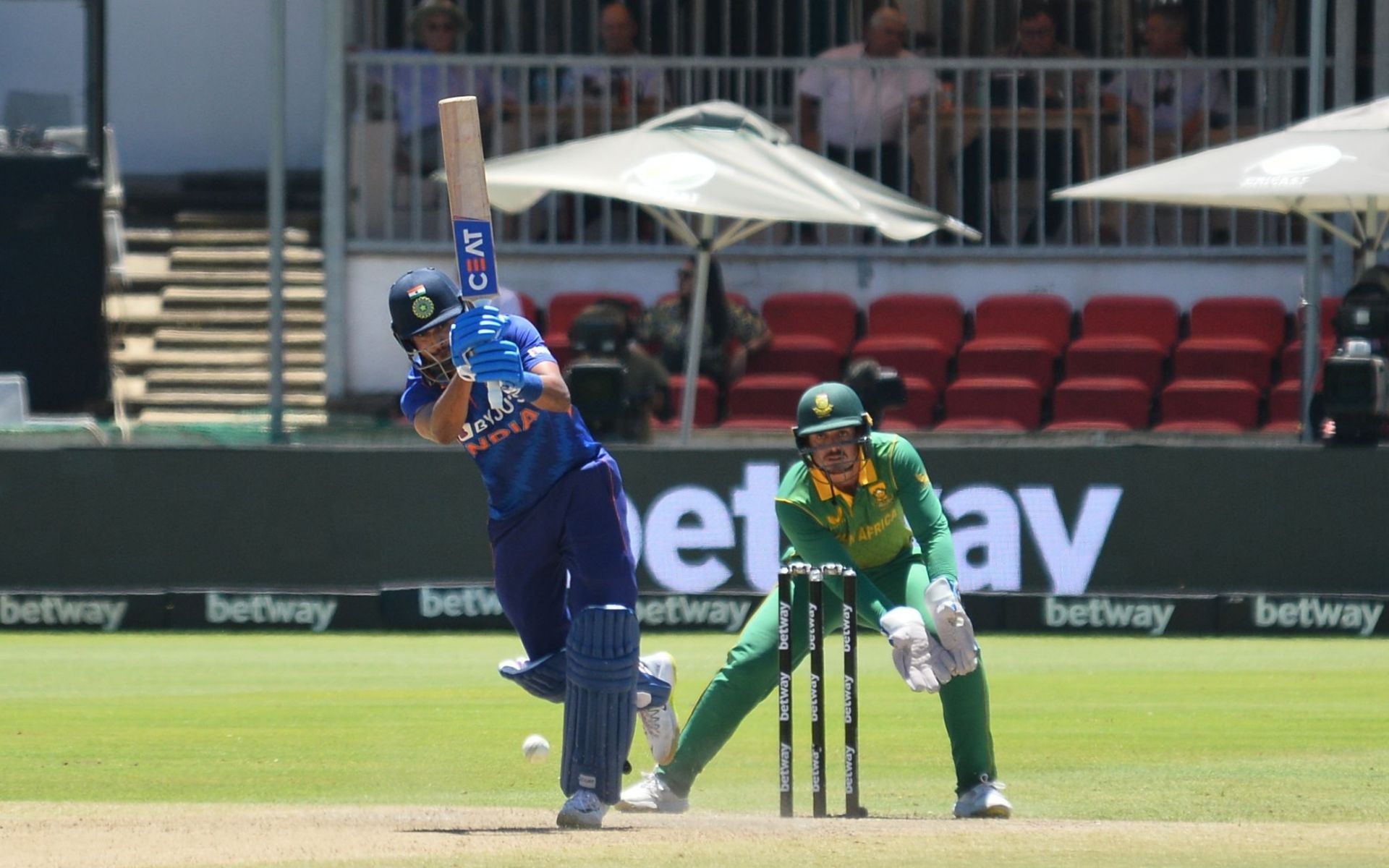
The Indian middle order's lack of consistency isn’t a new problem. It is something that has needed addressing for some time now.
From Manish Pandey and Ambati Rayudu in the past to Shreyas Iyer now, many have tried but none have made a lasting impression. This has been overlooked due to the fact that Rohit Sharma and Virat Kohli have steered India on most occasions. On the odd occasion they have failed, India have failed too.
This was far too evident in the ongoing ODI series. Barring Rishabh Plant’s 75-ball 81, hardly anyone contributed. Inexperience can’t be an excuse at this level, especially because both batters have hardly shown any application or fight to grind it out in the middle.
Rahul Dravid and Co. must address the team's middle-order woes soon as it has cost India on multiple occasions.
#3 Lack of incisive pace bowling
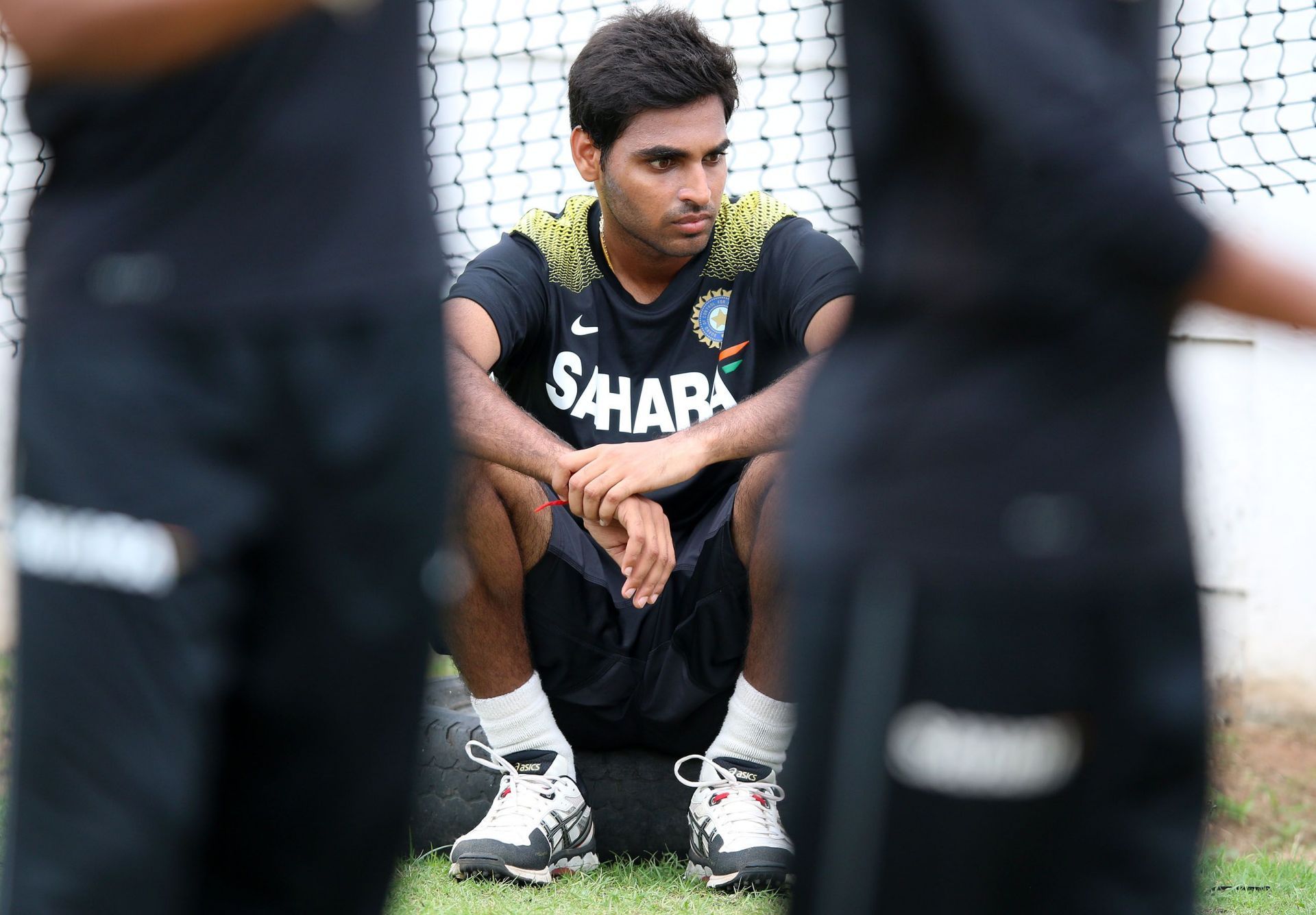
Mohammed Shami being rested and Bhubaneswar Kumar’s loss of form has blunted India’s pace bowling. Jasprit Bumrah has been the team's only shining light so far.
Wickets in the powerplay set the tone for the match. As much as it's a cliche, it is one that has stood the test of time. For India, even if Bumrah kept things tight from one end and took the odd wicket, Bhubaneswar leaked runs from the other.
Bhuvi looked a shadow of the bowler he was a few years back. His tally of 40 runs in his first four overs and 67 runs in his total of eight overs overall paints a dull picture.
#4 India's spinners didn't turn up
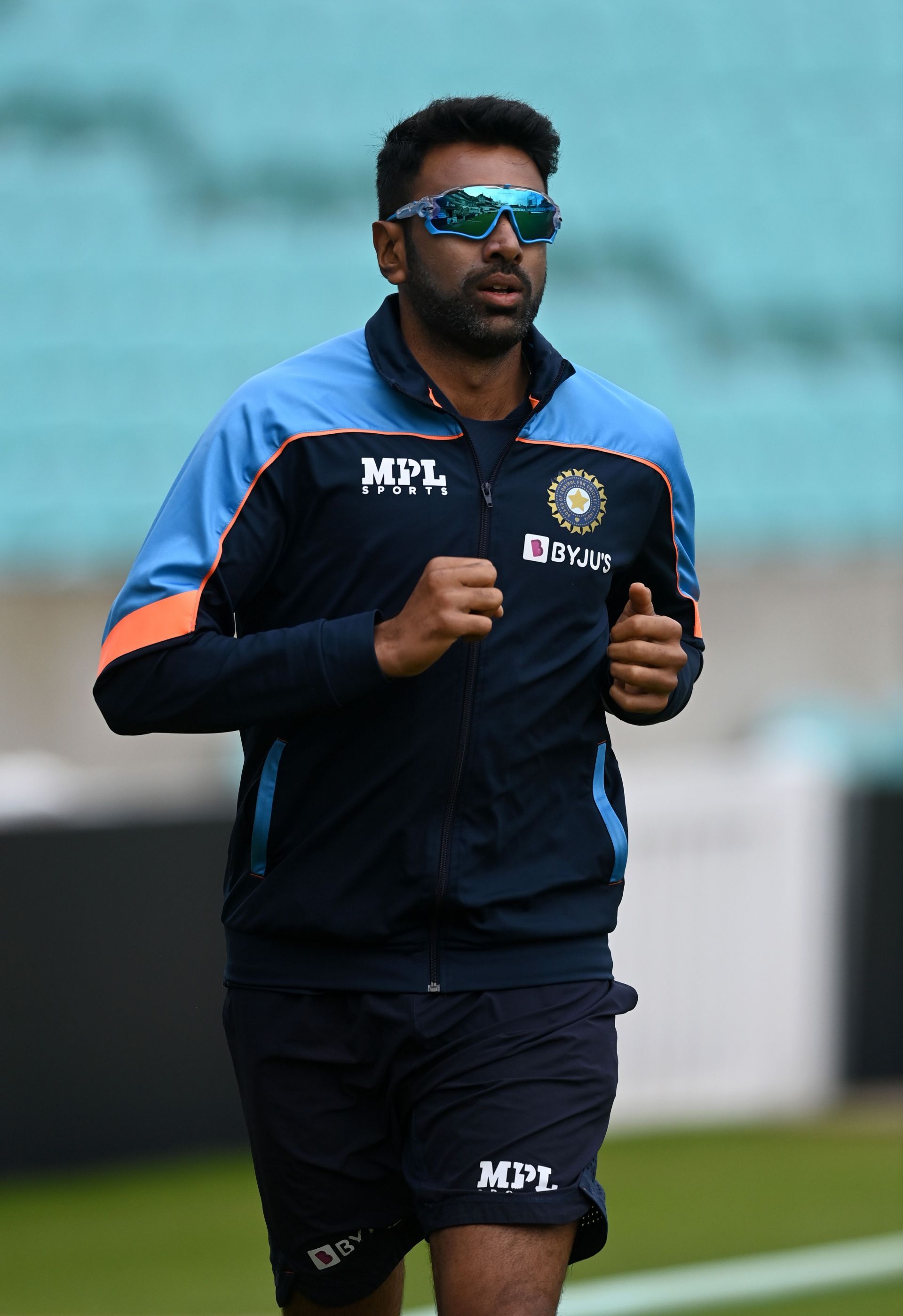
It was disappointing and baffling at the same time that the South African spinners out-bowled Indian spinners twice in a row. In the 2nd ODI, Ravichandran Ashwin and Yuzvendra Chahal combined to give away 115 runs in 20 overs for a single wicket. Their South African counterparts scalped 3 wickets for 109 runs in 18 overs.
In the 1st ODI, the Indian spin duo’s return of 106 runs for one wicket in 20 overs wasn’t too assuring when Keshav Maharaj and Tabraiz Shamsi took three wickets for lesser runs in the same overs.
Ashwin's comeback to the format hadn’t gone as planned as he was on the receiving end of the hosts’ wrath.
#5 Body language and fatigue
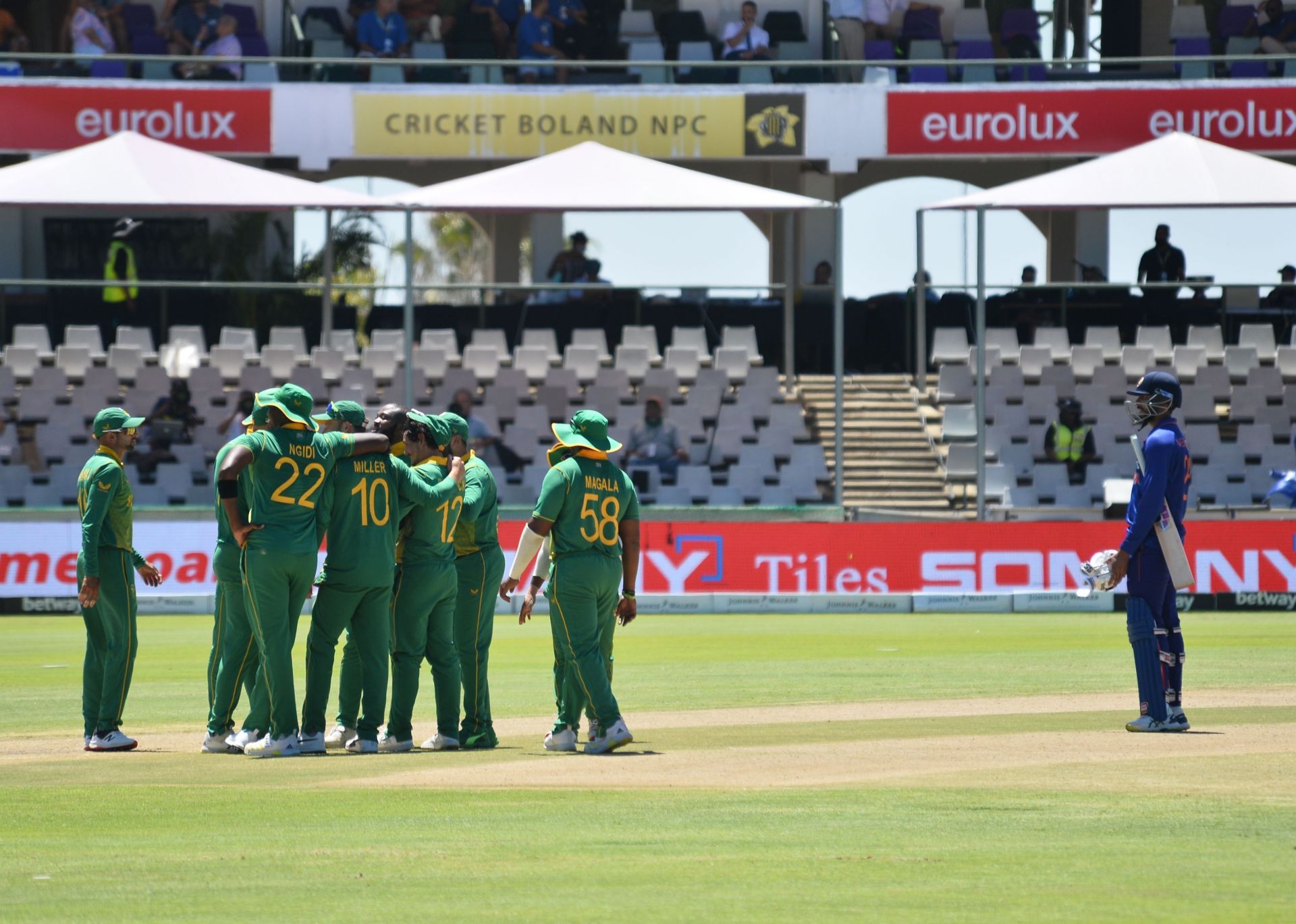
From the T20 World Cup to the home series against New Zealand to the recent tour to South Africa, most of the first-team players in the Indian squad have been playing regular cricket.
It was only natural that fatigue had crept into the team. They didn't look fresh, mentally or physically, and a much-needed break would do them a world of good. Their body language in the field wasn't positive either which only made the job of their opponents easier.